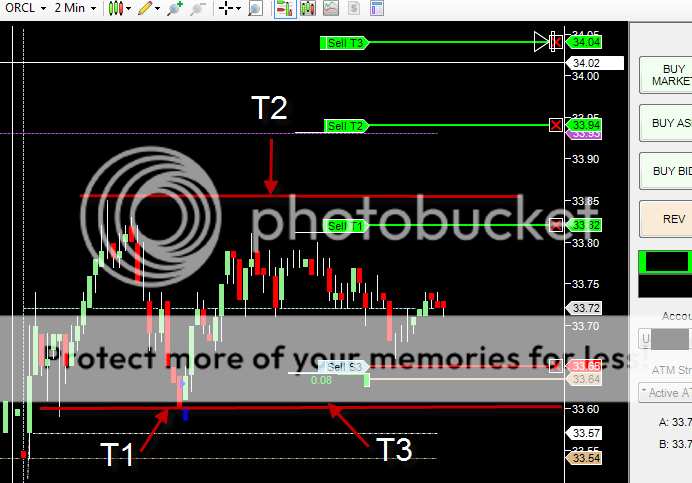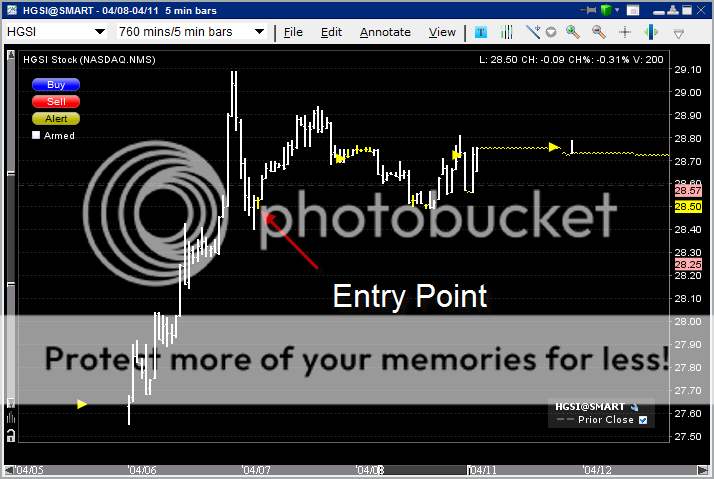I think it's necessary to give an explanation of why clear support & resistance won't make you money. No matter how you play it, if you play it in an objective (rules based) manner. The explanation will also cover why it may work if you play it in a subjective manner.
This reward will be my contribution. I will have this contribution vetted by any well respected member of this site. This may be the young Arabian, the Martinghoul, the Timsk, the 333, the Dr Iraj (RIP), the BSD, the Bramble or even the elitejets
For T2W to earn this reward, they have to do 1 thing...
GET RID OF THE HC (and his ilk).
Keep the paid advertisers. Just get rid of the freeloaders posing as board members.
If you want an absolute unequivocal and clear explanation of why any simple play of support & resistance will not work (AKA information pertaining to actually trading). Then support this move.
If you have information to donate. Add a summary (but not details) here. The more useful info available for this, the better.
If you work for T2W. Support a move to ban Howard Cohodas and his kind.
If you are Howard Cohodas & his ilk, post a wordy nonsensical reply that adds a mass of verbage to the T2W servers but says nothing at all.
So - here is the line in the sand. Respected (or otherwise) people may contribute free, useful information that isn't on the board right now in exchange for the removal of people who are here to line their pockets by selling people information that will lose them money.
Anyone?



